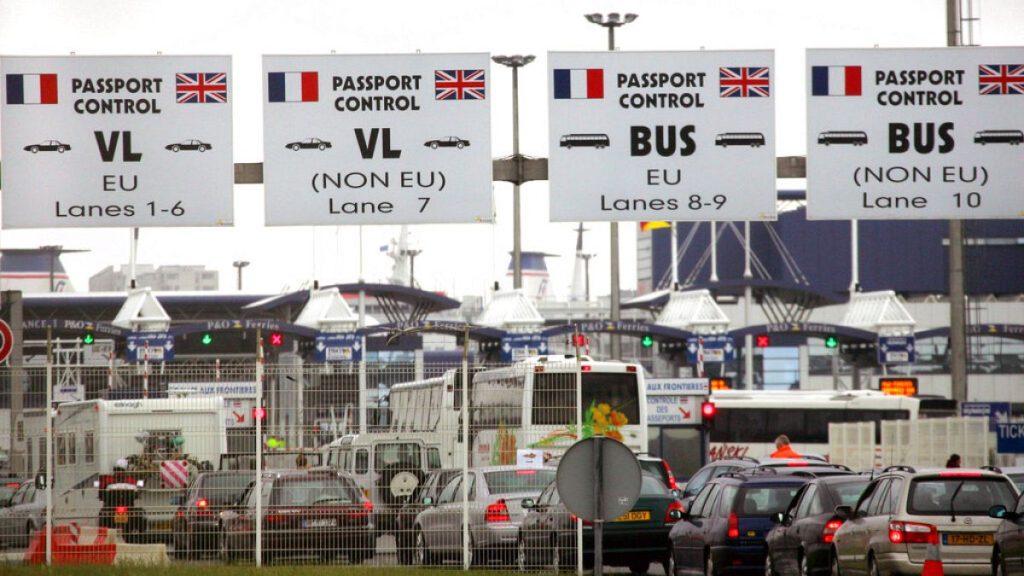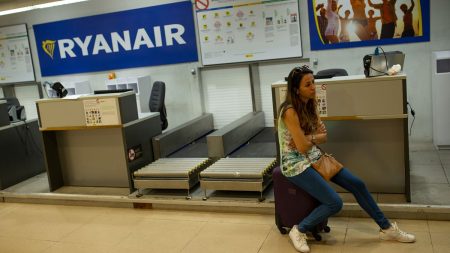The European Union’s Entry/Exit System (EES), a long-anticipated digital border control system, is slated to become operational in late 2025, specifically in November. This system, designed to enhance border security and monitor the duration of stays within the Schengen Area for non-EU visa-exempt travelers, including UK citizens, has been delayed for nearly a decade. The EES will mandate travelers to register their biometric data, including facial scans and fingerprints, every three years, with this information being recorded alongside their travel details each time they cross an EU external border. This data will be collected at self-service kiosks using passport scans. While EU citizens and residents, along with long-stay visa holders, are exempt, the new system necessitates the installation of automated barriers at all land, sea, and air border crossings within the Schengen Area, a contributing factor to the protracted implementation period.
The introduction of EES has prompted preemptive adjustments at various border crossing points, notably impacting Eurostar services. Eurostar has discontinued its SmartCheck program, a fast-track service allowing pre-registered passengers to bypass manual passport control through facial recognition technology. This decision, effective February 13, 2024, is a preparatory measure for the EES implementation, aiming to streamline the transition to the new scanning and fingerprinting requirements for UK travelers entering the EU. Eurostar assures passengers that increased control kiosks and improved border control areas will mitigate potential delays, acknowledging the potential for increased processing times at St. Pancras International station.
Concerns regarding extended wait times extend beyond Eurostar, with particular apprehension surrounding ferry crossings at the Port of Dover. French authorities are collaborating with the UK government to minimize disruption caused by the EES border checks. However, government officials and tourism industry representatives anticipate potential bottlenecks and long queues for ferry traffic between Dover and Calais. To address these concerns, a six-month phased rollout, or “soft launch,” is planned, offering flexibility in managing traffic flow and allowing adjustments to the system based on real-world application.
The phased implementation of the EES is designed to mitigate potential chaos at border crossings. This approach allows member states to gradually integrate the new technology, starting with approximately 10% of border crossings operational from the launch date in November 2025. During this initial phase, traditional passport stamping will continue alongside the electronic registration, providing a backup system and allowing for a smoother transition. This gradual rollout offers a period of adaptation, enabling countries to fine-tune their processes, address technical issues, and minimize disruption for travelers.
The EES, aimed at bolstering security and managing non-EU traveler stays within the Schengen Area, represents a significant shift in border control procedures. While the system promises enhanced security and more efficient tracking of travelers, its implementation brings forth challenges, particularly in managing potential delays at busy border crossings. The phased rollout, combined with efforts to improve infrastructure and adapt existing processes, seeks to balance the enhanced security provided by the EES with the need for smooth and efficient border transit. The success of this endeavor hinges on the collaborative efforts of participating nations to address the practical implications of this complex new system.
The ultimate effectiveness of the EES will be determined by its ability to balance security enhancements with the practical realities of managing large volumes of travelers. The initial phase of implementation will be a critical period, providing valuable insights into the system’s functionality and its impact on border flow. Continuous adjustments and refinements based on real-world experience will be essential to ensure the EES achieves its objectives without unduly disrupting travel and commerce. The collaboration between member states, the flexibility of the phased rollout, and the proactive measures taken at key border crossings will all play a crucial role in determining the long-term success of the EES.














